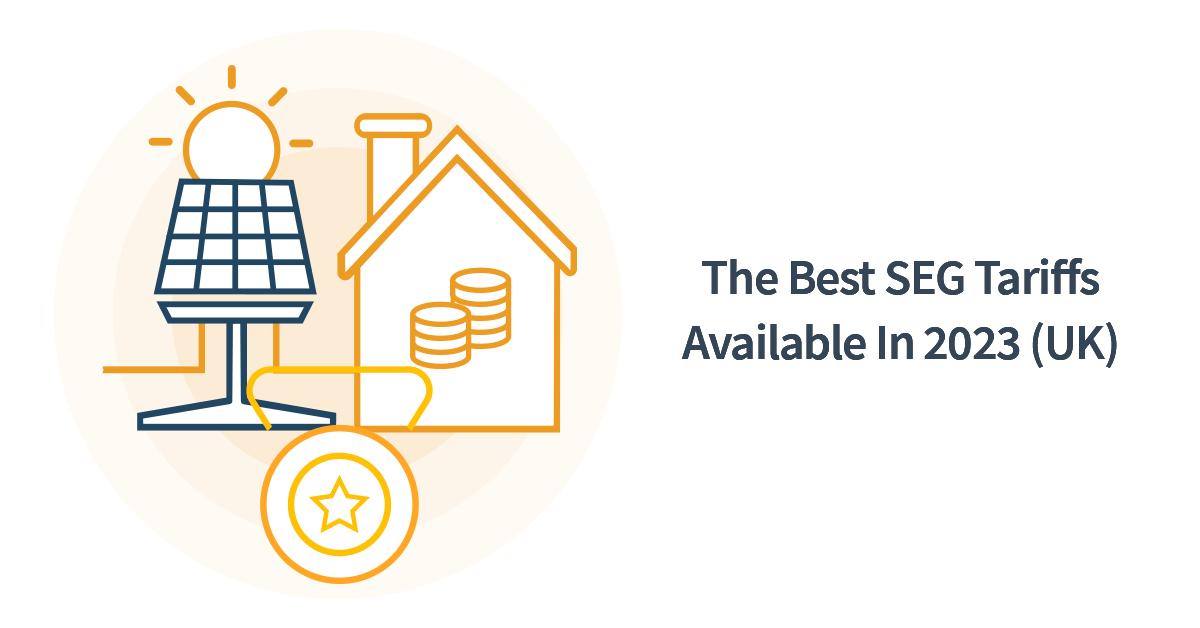B
BeeJayEff
Hi, I'm new here, having recently had nearly 13kWp of solar panels installed on a barn roof, feeding into two Solis inverters (covering about 10 kWp and 3kWp respectively). I'm on a single phase supply and was surprised when told that the DNO limited my export to 3.68kWp - if I had known beforehand that there would be such a limit, I would probably have gone for fewer panels, but I didn't. Both inverters feed into a consumer unit in the barn, which in turn is on a sub-main from the property's main meter, consumer unit and fusebox.
I now understand that inverters limit export to the grid by dissipating excess power, and my current question is how does an inverter know how much to export without somehow knowing how much power is being consumed by other circuits on the main CU ? For example, last week I was getting 8kW from the inverters, which was addressing my base load of about 1kW and the rest going into my electric car (on its own feed from the main CU). If the car not been plugged in, there would have been about 7kW available to export to the grid - how would the inverters know to limit their output to 1+3.68 = 4.68kW ?
I now understand that inverters limit export to the grid by dissipating excess power, and my current question is how does an inverter know how much to export without somehow knowing how much power is being consumed by other circuits on the main CU ? For example, last week I was getting 8kW from the inverters, which was addressing my base load of about 1kW and the rest going into my electric car (on its own feed from the main CU). If the car not been plugged in, there would have been about 7kW available to export to the grid - how would the inverters know to limit their output to 1+3.68 = 4.68kW ?


 Don't get me started on combi bolers
Don't get me started on combi bolers 








